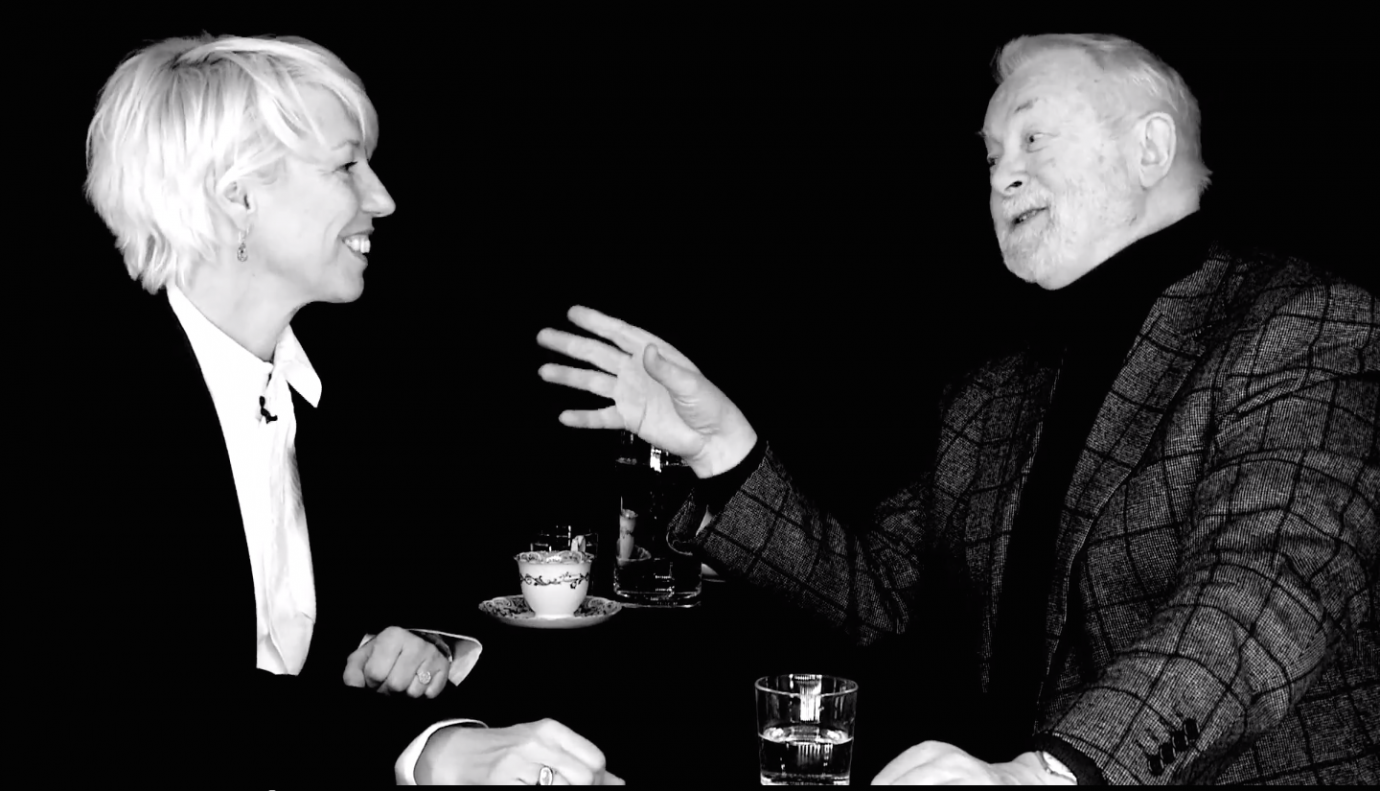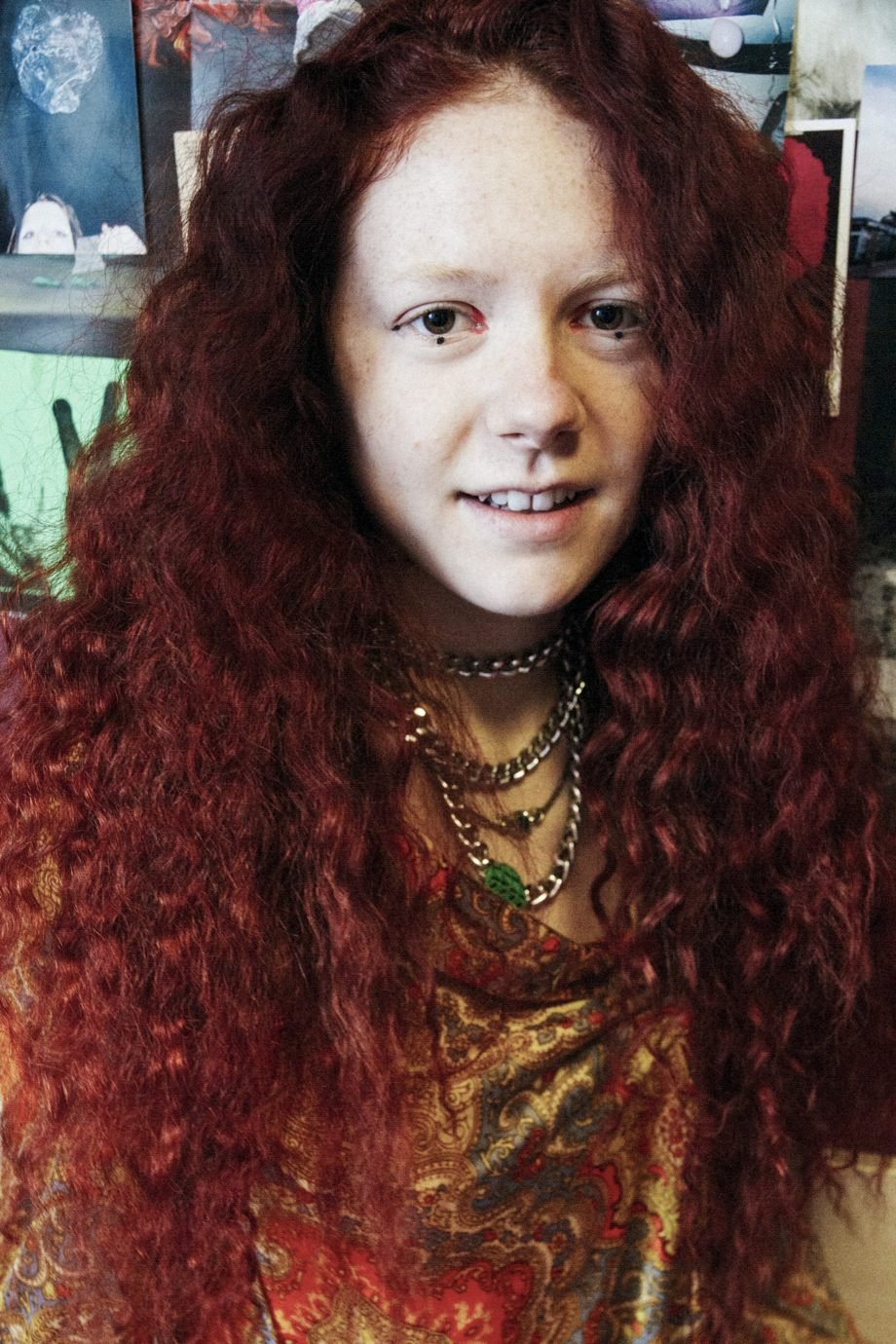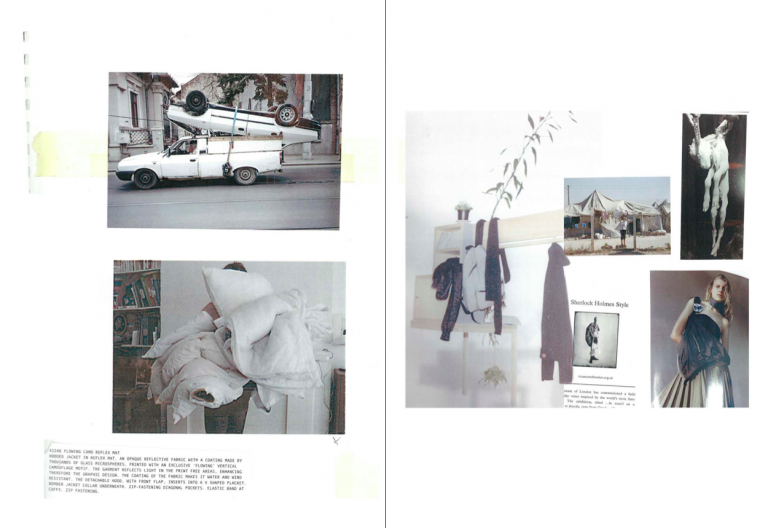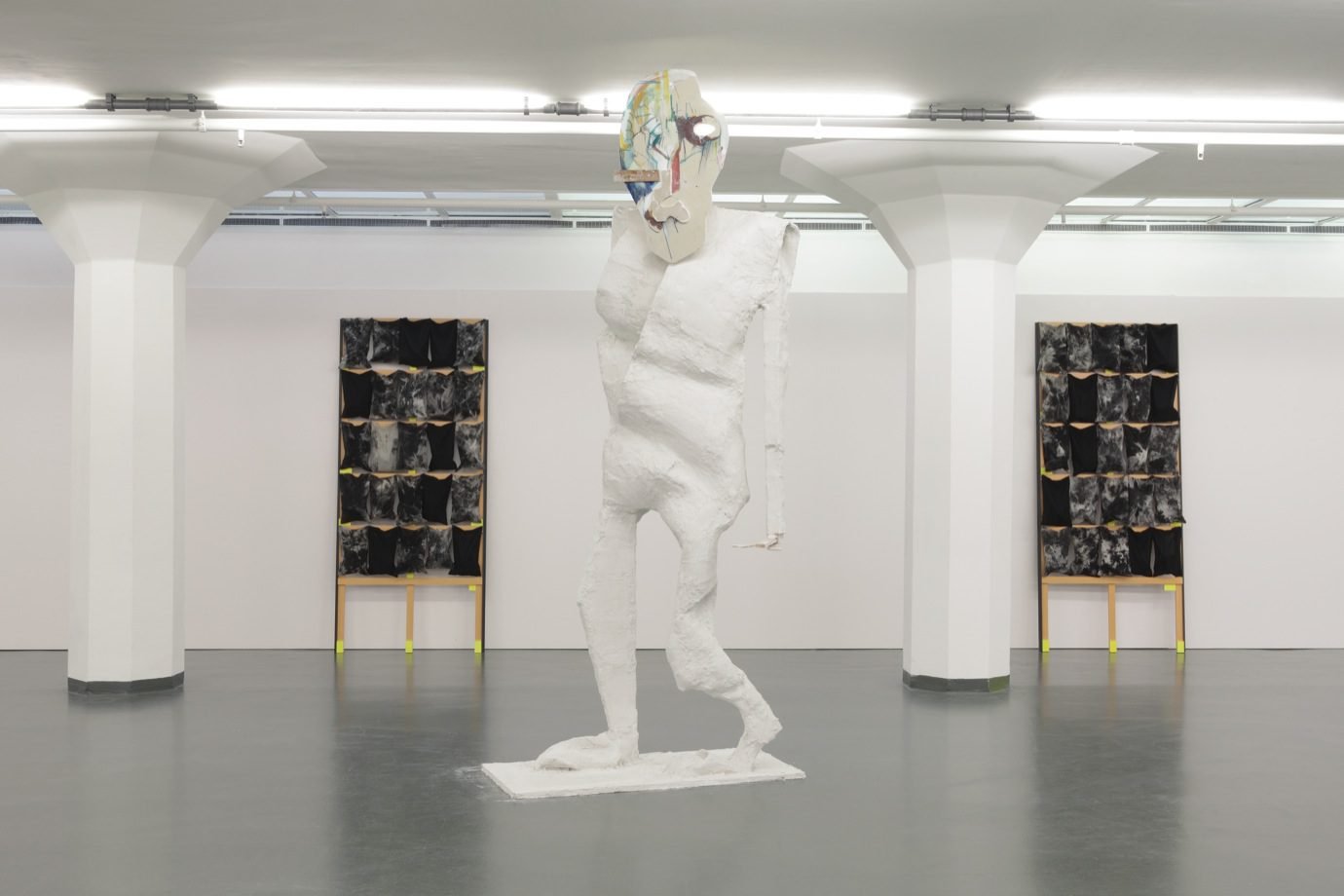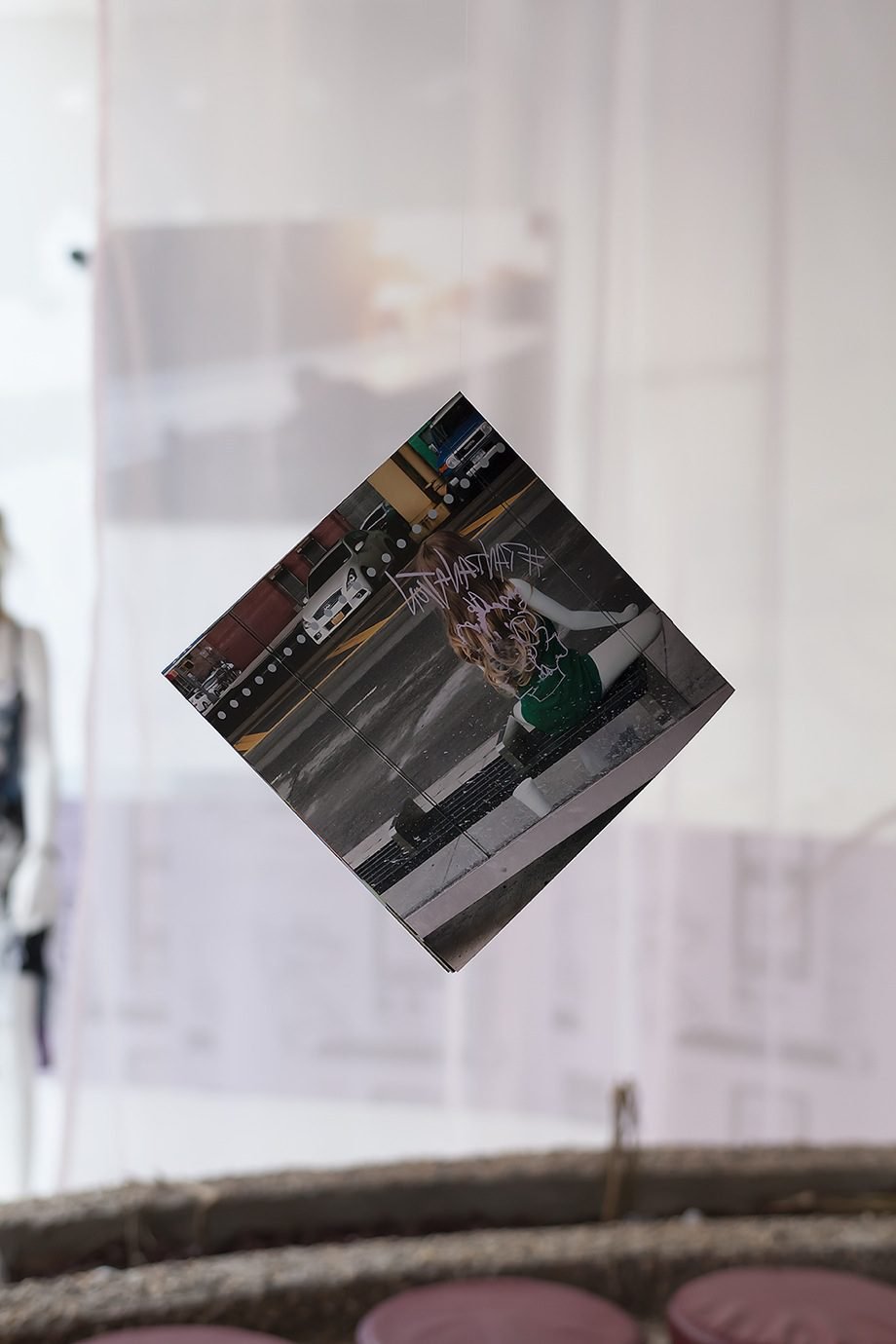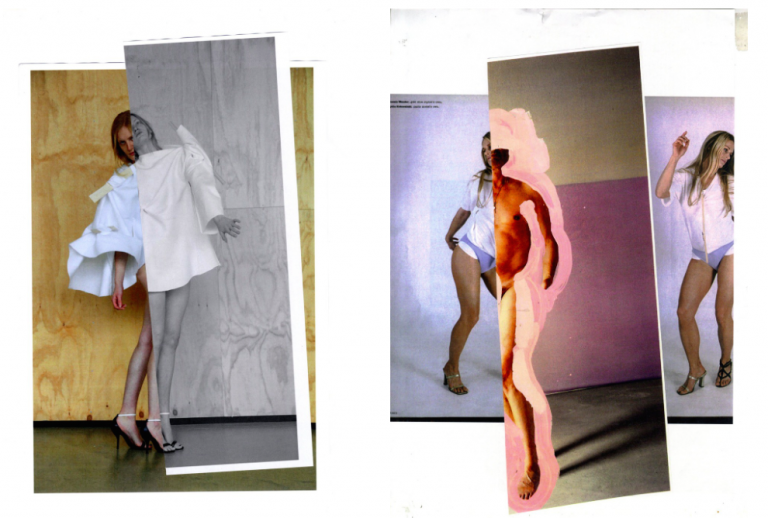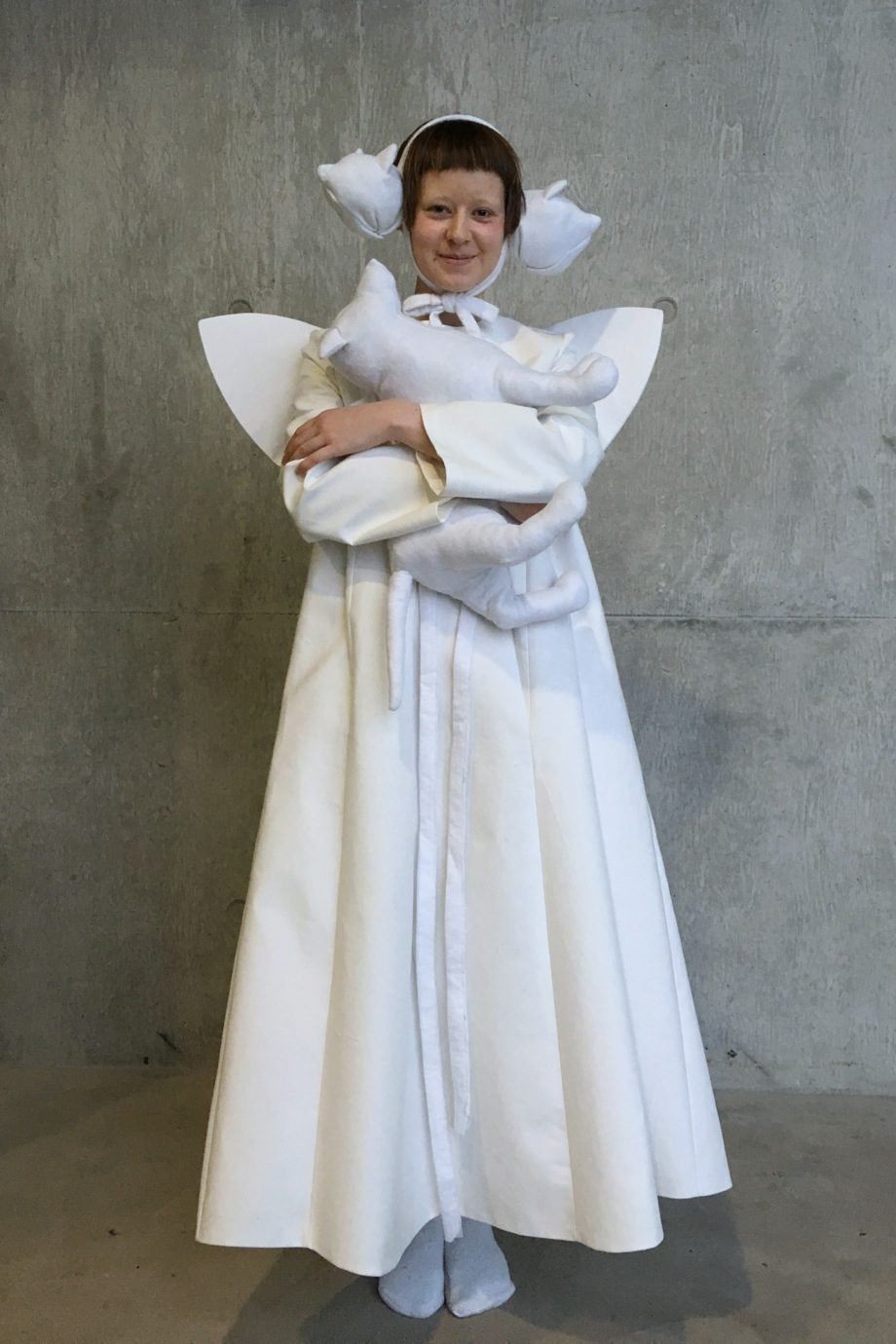“START WORKING IN A BIG STUDIO WHERE YOU DON’T KNOW ANYBODY AND NOBODY KNOWS YOUR NAME. YOU MAY BE FRUSTRATED AND YOUR FINGER WILL BE SWOLLEN BY PINNING, BUT YOU LISTEN.”
The industry’s big fashion houses have seen many changes in creative directorship over the past few months – and the world of publishing hasn’t stayed far behind. Lula Magazine has recently welcomed Mimma Viglezio as their new editor-in-chief. She’s brought more than two decades of experience in different fields of the luxury industry with her: from working as the Head of High Profile Goods at Hill & Knowlton in the early 90s, where she advised brands like Bulgari and Celine, to being the Corporate Communications Executive Director of Bulgari; subsequently moving on to become Louis Vuitton’s Communications Director, after which she worked as the Executive Vice President of Global Communications for the Gucci Group. Then she decided to go freelance – much to the delight of SHOWstudio’s panel enthusiasts: she has become reputable for her matter-of-fact discussions when analysing the shows. Armed with vast knowledge of many different facets within luxury fashion, Viglezio is a go-to point of advice for many young designers who look for honest, informed and constructive feedback on their work.
Mimma giving advice to design students at the Aalto Arts fashion seminar
There is a real sense of urgency in Viglezio’s new directorship at Lula. “I want to give a voice to people that don’t have one,” she starts. We sit on a sofa in the back of a restaurant in Soho House’s Notting Hill branch, drinking coffee at a big round table. “It’s going to be about saying something that I think needs to be said,” she continues. “I want to do fashion stories that have a feature attached to them, I don’t want to do fashion stories for the sake of it.”
Viglezio mentions how fashion is going through a time of significant change, and how London seems to be on the forefront of this, with its young designers and their wealth of creativity. We discuss the changing of the guards: Jonathan Anderson is reinvigorating Loewe, Alessandro Michele breathes new life into Gucci, and more recently Demna Gsavalia from Vetements was appointed as Balenciaga’s new creative director.
“There is a need for it,” she says – referring to the new blood. “Head-hunters usually call me not for the ‘number 1’, but the number 2, and 3, and 4. You know, they need young, fresh ideas.” She immediately relates this to fashion design students who are keen to start their own brands straight out of college. “What the schools should also tell you is that it doesn’t matter if you don’t start with a name. There is too much ‘hunting’ of fame. People want to have their name out there, be in the press, and become rich. You know, it’s about learning: the best school in life would be for you to finish your course and get a paid job; I’m against long-term interning. People should be paid – even 20 grand a year – and work. Work next to these people you admire. The best would be to start working in a big studio where you don’t know anybody and nobody knows your name. You may be frustrated, and your fingers will be swollen by pinning, but you will listen. In my life, what I’ve done when people made me do photocopies, was to read the documents: you’re like a sponge, and it’s up to you to decide if you want to learn. Learn, and little by little you bring an idea to the table; then you get noticed – or you create your own little thing and get noticed. Then maybe one day you’ll take over. Or not. That will depend. But I think that finishing school and saying “I want to launch a brand”, Viglezio pauses. “So many people call me and show me their collections: sometimes you see the genius ideas in the design, but most of the time it’s copied. Go and learn! Do what someone more experienced will tell you to do. You will learn how they reason, how they get inspiration, how they create. You need to create, you don’t need to copy. There are too many copies already. So that will be my biggest message: accept a job with someone that you admire, and work really hard.”
“TODAY, IF YOU CREATE SOMETHING SLOWER, BIG CONGLOMERATES WILL STAY AWAY FROM YOU. PEOPLE WILL NOTICE YOUR BRAND, BUT IT’S GOING TO BE NICHE. IT’S OK IF YOU DON’T WANT TO MAKE A LOT OF MONEY, BUT THE ANSWER WOULD BE TO STOP WANTING TO MAKE SO MUCH MONEY.”
Mimma Viglezio and Colin McDowell discussing Haute Couture AW15 in their SHOWstudio series ‘Head to Head’
But with quality often faltering as luxury houses dedicate less time to developing their collections (they have so many ‘seasons’ to produce), it feels like there is space for young designers to start their own brands. There is a renewed interest in fashion created with more thought, integrity and a sustainable approach to production. “I think luxury today cannot be considered luxury if it’s not somehow ethical. By ethical I mean it doesn’t have to have a cost on human kind, but it also doesn’t have to have a cost on the environment. It’s too fast, there’s too much waste and there is no reason for it. It’s not about boycotting a brand because they have a lot of people working for them in poor conditions, or boycotting another one because they pollute with their leather or fur; it’s about changing the economical system. The industry won’t be cured until the capitalist system slows down.”
Luxury, we agree, has become fast fashion too. “To find a way to grow ten percent every season, every fiscal year, you have to become fast, even if you are luxury. It’s a disaster. If you have two main seasons plus two mid seasons, as well as a men’s collection, a kids’ collection and licensing, it’s too much. People are tired of buying stuff: they want to buy experiences, they want to buy pleasures, so the system needs to change. Until the system changes — which means slowing down the expectations of the stock exchange, the shareholders and the investors — it’s going to be very difficult, unless everything collapses: then there will be a new start. But it’s going to be very, very difficult. Today, if you create something slower, big conglomerates will stay away from you. People will notice your brand, but it’s going to be niche. It’s OK if you don’t want to make a lot of money, and the answer is to stop wanting to make so much money.”
Luckily, Viglezio is optimistic: “I believe that you guys can morally change the world and morally educate the world outside, but you can’t change the economic system – that comes from forces much higher than us,” she says, before continuing to point out the absurdity of consumer behaviour: “Why do we need to have a Black Friday? You see the scene of hysteria outside of Walmart before they open the doors… These people are hitting each other for stuff they don’t need, to buy with money they don’t have.”
“STARTING TO QUESTION IS THE BEGINNING OF CHANGE: REVOLUTION STARTS FROM PEOPLE THAT QUESTION AND REFUSE TO ACCEPT THE STATUS QUO.”
Mimma discussing the Dior AW14 Menswear show during a SHOWstudio panel
That Walmart scene relates to the movie The True Cost, which Viglezio is very enthusiastic about, as it’s so matter-of-fact. “In the film, there is no pointing the finger and accusing. It gives you one fact and it gives you the evidence. The change has to come from the consumers, not from the designers. That’s my answer. Until people stop going to Primark… I mean, Primark, they are the worst. They are doing awful things, and when people say to me “Yes, but I cannot afford more,” I say, “Just buy less.” If you buy your Starbucks every day, for two pounds, why do you want jeans that cost two pounds? You are spending two pounds for your Starbucks every day because it is coffee and you are addicted to it – but then why do you need five t-shirts for one pound each? Why don’t you want a t-shirt for twelve pounds and you buy three a year?”
Viglezio continues by putting it into the context of price, and mentions our expectations of having free services available at all times, like the news: “Why don’t I pay to read a newspaper, where the journalist has spent hours researching, has studied at university — why does it have to be for free? And at the same time you shouldn’t pay £1 for a t-shirt. It means you are supporting some kind of slavery and that’s bad; young people should know that.”
What is the best way to break the chain and present a new way of thinking and working? “It’s unity. It’s like with meditation: when you meditate and chant with 100 people, your meditation is much deeper than when you are at home alone, because crowds create energy. So if you put twenty talented creative hands in a room, you can create wonders.”
The new generation of creatives has a heavy cross to carry, but it doesn’t take away that the future is hopeful. Questions are being raised in every corner of the industry – many of them come from students and interns, but also from young designers working for brands in a full-time job. “Starting to question is the beginning of change: revolutions start from people that question and refuse to accept the status quo.” Viglezio smiles. “You can do it; you can change the system!”

